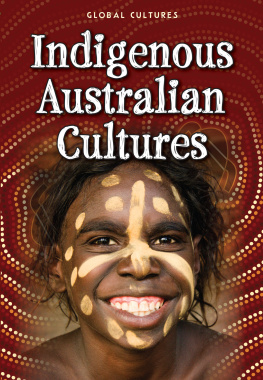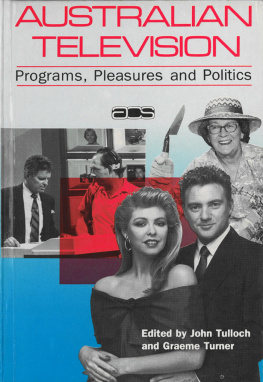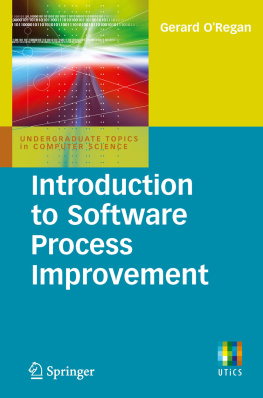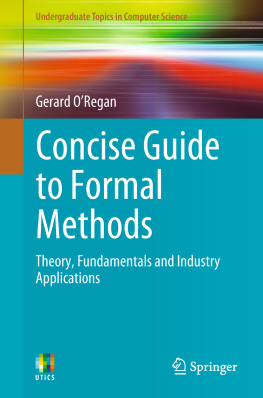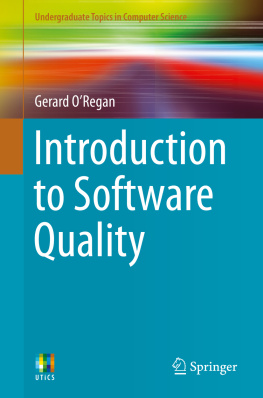Tom ORegan - Australian Television Culture
Here you can read online Tom ORegan - Australian Television Culture full text of the book (entire story) in english for free. Download pdf and epub, get meaning, cover and reviews about this ebook. year: 2020, publisher: Routledge, genre: Politics. Description of the work, (preface) as well as reviews are available. Best literature library LitArk.com created for fans of good reading and offers a wide selection of genres:
Romance novel
Science fiction
Adventure
Detective
Science
History
Home and family
Prose
Art
Politics
Computer
Non-fiction
Religion
Business
Children
Humor
Choose a favorite category and find really read worthwhile books. Enjoy immersion in the world of imagination, feel the emotions of the characters or learn something new for yourself, make an fascinating discovery.

- Book:Australian Television Culture
- Author:
- Publisher:Routledge
- Genre:
- Year:2020
- Rating:5 / 5
- Favourites:Add to favourites
- Your mark:
- 100
- 1
- 2
- 3
- 4
- 5
Australian Television Culture: summary, description and annotation
We offer to read an annotation, description, summary or preface (depends on what the author of the book "Australian Television Culture" wrote himself). If you haven't found the necessary information about the book — write in the comments, we will try to find it.
Australian Television Culture — read online for free the complete book (whole text) full work
Below is the text of the book, divided by pages. System saving the place of the last page read, allows you to conveniently read the book "Australian Television Culture" online for free, without having to search again every time where you left off. Put a bookmark, and you can go to the page where you finished reading at any time.
Font size:
Interval:
Bookmark:

Programs, pleasures and politics
Edited by John Tulloch and Graeme Turner
Australian literature and the postcolonial mind
Bob Hodge and Vijay Mishra
Girls, popular culture and schooling
Pam Gilbert and Sandra Taylor
The cinema of Charles Chauvel
Stuart Cunningham
Criticism and policy in Australia
Stuart Cunningham
Constructing community arts
Gay Hawkins
Popular music and Australian culture from the 1960s to the 1990s
Edited by Philip Hayward
Reading Australian popular culture
John Fiske, Bob Hodge, Graeme Turner
Cultural policies for tourist development in Australia
Jennifer Craik
The Australian Broadcasting Reader
Edited by Albert Moran
Sex, selling and the department store
Gail Reekie

2 Park Square, Milton Park, Abingdon, Oxon OX14 4RN
605 Third Avenue, New York, NY 10017
Product or corporate names may be trademarks or registered trademarks, and are used only for identification and explanation without intent to infringe.
Cataloguing-in-Publication entry:
O'Regan, Tom, 1956- .
Australian television culture.
Includes index.
ISBN 186373 527 5.
1. Television broadcastingSocial aspectsAustralia.
2. Television programsAustralia.
3. Communication and cultureAustralia.
4. AustraliaPopular culture. I. Title.
306.4850994
Font size:
Interval:
Bookmark:
Similar books «Australian Television Culture»
Look at similar books to Australian Television Culture. We have selected literature similar in name and meaning in the hope of providing readers with more options to find new, interesting, not yet read works.
Discussion, reviews of the book Australian Television Culture and just readers' own opinions. Leave your comments, write what you think about the work, its meaning or the main characters. Specify what exactly you liked and what you didn't like, and why you think so.

